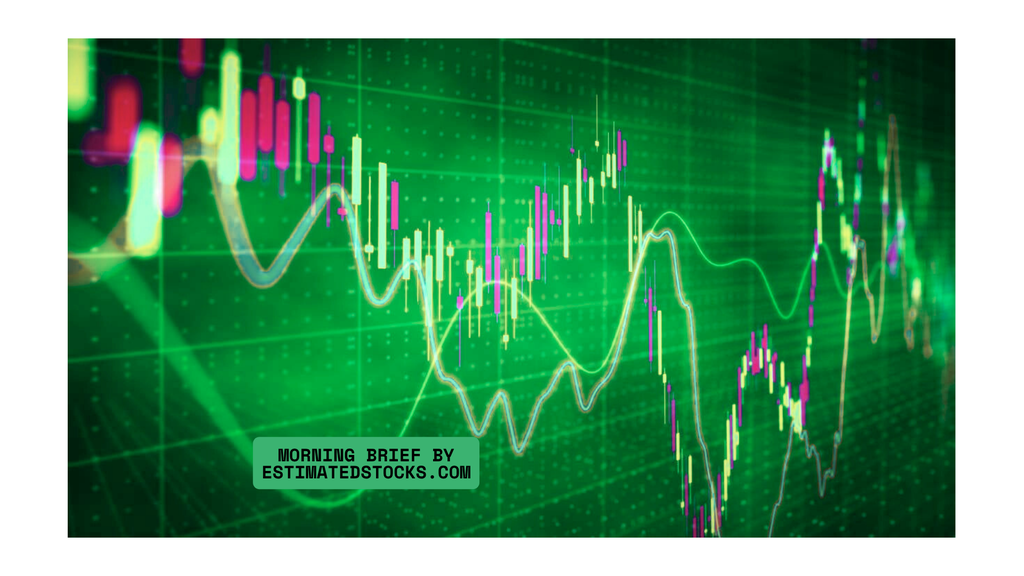Explore the shifting global investment landscape, U.S. market dynamics, fiscal policies, and emerging opportunities shaping the next decade.
The Future of Global Investment: A Decade of Transformation
In the world of investment, the current valuation spread between the United States and the rest of the world appears increasingly unsustainable. This disparity, long overdue for a correction, could signal one of the most significant shifts in the global financial landscape over the next decade.
The Case for a Reversal
U.S. equities have dominated global markets, bolstered by aggressive government borrowing and spending programs aimed at stimulating the economy. This strategy, while effective in the short term, raises pressing questions about sustainability. With federal debt soaring past $35 trillion, how much more borrowing can the U.S. sustain without severe economic repercussions?
Investor sentiment has heavily favored U.S. markets, but history and fundamentals suggest that the next decade may not mirror the past. Starting valuations, relative performance, and investor positioning indicate that other regions could emerge as stronger contenders.
A New Global Order
India is already on a growth trajectory, while China’s economic outlook suggests potential adjustments. The European Union, facing structural challenges, may struggle to keep pace. Meanwhile, the broader trend of de-globalization—marked by reshoring and friend-shoring of supply chains—positions North America as a potential long-term beneficiary. The United States, with its innovations in intellectual property and value-driven industries, seems well-poised to maintain a leadership role.
Risks to the Status Quo
However, the concentration of gains in a handful of U.S. stocks and the role of share buybacks in driving equity prices raise concerns about the robustness of recent market growth. Historically, excessive reliance on such mechanisms has been linked to artificial market inflation.
Additionally, the Federal Reserve’s monetary policy faces increasing scrutiny. While fiscal dominance—the idea that central banks must accommodate high government debt by lowering interest rates—is a tempting narrative, history provides a cautionary tale. Central banks that prioritized fiscal dominance over sound monetary policy have often faced hyperinflation and economic collapse.
Federal Reserve Chair Jerome Powell has rightly emphasized the independence of monetary policy from fiscal pressures, reiterating that elected officials, not the Fed, must address debt challenges.
What Lies Ahead
The global investment landscape is on the brink of transformation. The U.S. will likely remain a critical player, but the next decade may see a diversification of opportunities. Countries like India are emerging as growth engines, while the U.S.’s ability to maintain its current trajectory depends on addressing its debt burden responsibly.
The key takeaway for investors? The past is not a guarantee of the future. Market dynamics are shifting, and staying ahead requires a nuanced understanding of economic trends, fiscal policies, and global opportunities.
The million-dollar question remains: when will this shift take hold, and how prepared are investors to navigate the road ahead?
By staying informed and adaptable, investors can position themselves to benefit from the changes reshaping the global financial landscape.
Disclaimer:
The information provided in this article is for educational purposes only and should not be construed as investment advice. estima...
Author
Shaik K is an expert in financial markets, a seasoned trader, and investor with over two decades of experience. As the CEO of a leading fintech company, he has a proven track record in financial products research and developing technology-driven solutions. His extensive knowledge of market dynamics and innovative strategies positions him at the forefront of the fintech industry, driving growth and innovation in financial services.


